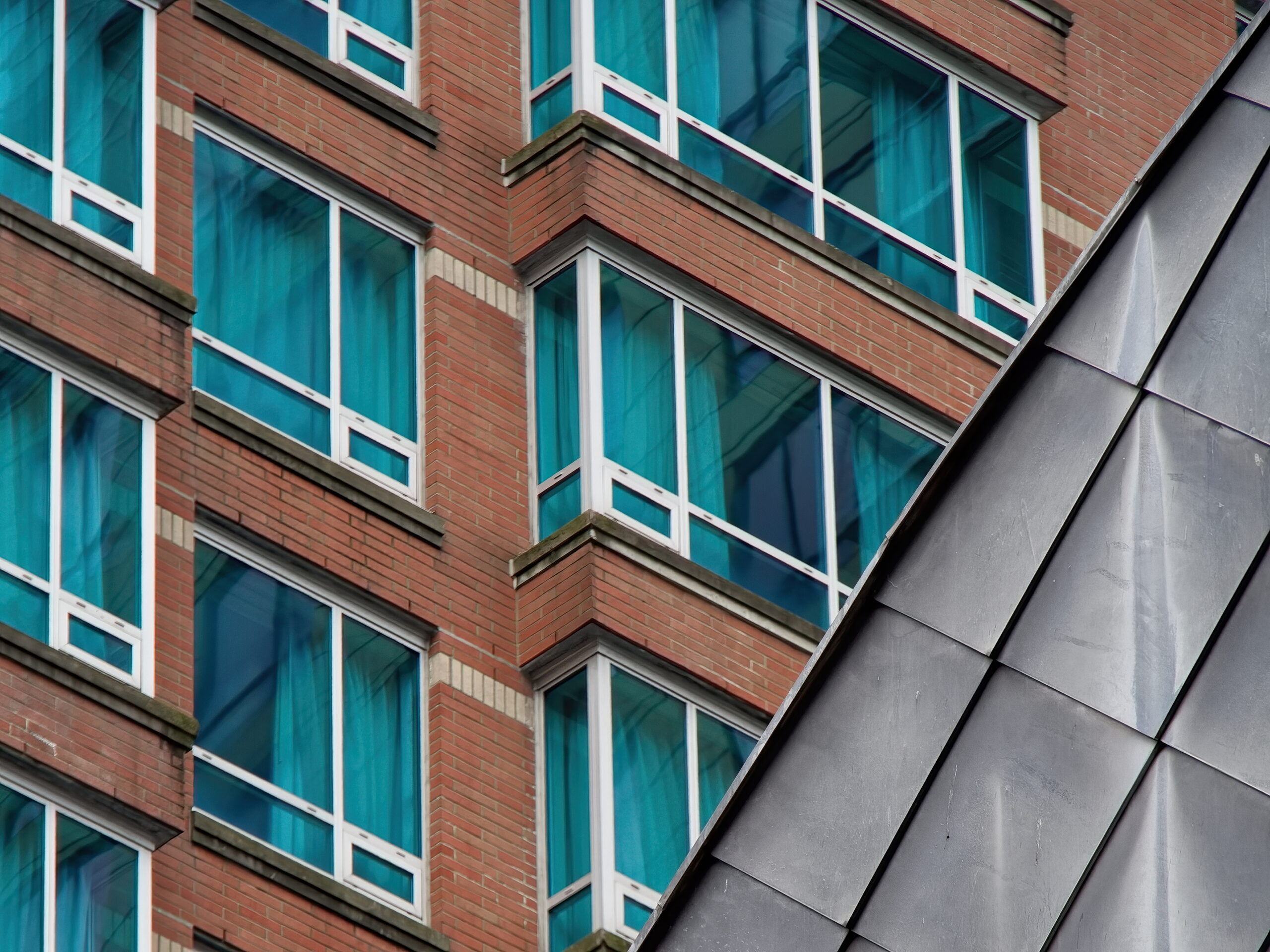Oxide of Chromium Green Applications in Refractories Clarified.
It’s a fact that approximately 80% of the world’s chromium production is used for producing refractory materials? Green chromium oxide, scientifically referred to as Cr2O3, is remarkable for its exceptional properties. These properties make it key in thermal uses. It increases strength and resistance to oxidation in various industrial processes.
This write-up will examine the extensive uses of chromium oxide in refractory materials. We will emphasize its role in modern industry. Let’s find out why this multi-functional substance is so vital.
Introduction to Chromium Oxide Green
Green chromium oxide is a vibrant green powder recognized for its versatility and strength. It is important in the sector of refractories because of its distinct features. This material not only improving the look of items, but also provides substantial functional benefits for demanding tasks.
In the sector of refractories, chromium oxide green is essential. It enhances the thermal endurance and longevity of products in challenging settings. This covers uses in steel manufacturing and glassworks. As sectors evolve, the material’s importance grows, offering solutions for high-temperature scenarios where performance is critical.
Chromium oxide green is not only a color additive; it’s a key ingredient for durable heavy-duty tasks. Its flexibility and resilience make it a crucial element in the production of high-performance refractories.
Grasping Chromium Oxide and its Composition
Chromium oxide, also referred to Cr2O3, is a chemical composed of chromium element and oxygen atoms. Its chromium oxide composition showcases special characteristics that enhance its use in multiple fields. This material’s makeup is strong and reliable, delivering strength in challenging environments.
The heat-resistant traits of green chromium oxide stand out in uses demanding compounds that tolerate intense thermal conditions. It shows a robust capacity to endure temperature fluctuations. This makes it perfect for refining and other industrial processes where thermal energy is important.
Grasping the complexities of the structure of chromium oxide aids industries exploit its built-in strengths. Its capacity to resist stress enhances overall effectiveness. This positions green chromium oxide as a preferred option among heat-resistant compounds.
Significance of Chromium Trioxide in Refractory Applications
Trioxide of chromium is vital for the efficiency of refractories thanks to its unique properties. It boosts the stability and durability of these substances in extreme conditions. This insight is key for recognizing its position alongside green chromium oxide in various applications.
Function of Chromium Trioxide in Enhancing Stability
Refractory materials must withstand extreme heat without breaking down. Chromium trioxide improves their heat tolerance and internal strength. This results in less damage, making it key for companies needing high-performance materials.
Comparative Analysis of Green Chromium Oxide and Trioxide of Chromium
Green chromium oxide and chromium trioxide have distinct roles in thermal-resistant products. Both are crucial, but differ in their qualities:
| Feature | Green Chromium Oxide | Trioxide of Chromium |
|---|---|---|
| Thermal Stability | Consistent thermal tolerance | Boosted heat resistance |
| Use | Frequently applied in refractories | Ideal for high-temperature environments |
| Strength | Average strength | Notably enhances strength |
This comparison highlights the unique contributions of green chromium oxide and chromium trioxide to heat-resistant compounds. Their unique traits improve efficiency and lifespan in a range of sectors.
Heat Tolerance Traits of Green Chromium Oxide
Green chromium oxide exhibits remarkable properties, turning it into suitable for high-temperature applications. Its fusion temperature can soar to extremely high temperatures, providing unsurpassed structural integrity in harsh environments. This is crucial for companies needing strength, especially in iron and steel manufacturing.
Heat Tolerance and Strength
Chromium oxide green is well-known for its high-temperature fusion point, crucial for keeping the strength of refractory materials. This thermal endurance lets it tolerate intense temperatures without deforming. Its ability to resist melting turns it into a necessity in applications that demand consistency.
Uses in Metalworking
In metalworking, chromium oxide green’s ability to withstand heat is crucial. It’s often applied in refractory bricks for smelting ovens and heat chambers. These blocks are subjected to extreme environments and need to maintain integrity. Chromium oxide green’s heat resistance ensures they perform well, improving efficiency in iron manufacturing.
Advantages of Chromium Oxide Green in Refractories
Green chromium oxide greatly boosts refractory materials, crucial for a range of industries. It boosts mechanical properties and ability to endure oxidizing environments. These enhancements boost the longevity and functionality of heat-resistant materials.
Enhancing Structural Traits
Adding chromium oxide green into heat-resistant compounds significantly improves their physical characteristics. Important gains include:
- Boosted resilience: Green chromium oxide’s durability makes materials more resilient against wear.
- Enhanced wear resistance: Its composition minimizes degradation from intensive use, extending refractory life.
- Increased bending resistance: This characteristic allows refractories to resist mechanical stresses, making it ideal for challenging environments.
Resistance to Oxidation in Heat-Intensive Uses
Green chromium oxide’s ability to withstand oxidation is crucial in heat-intensive applications. The benefits are:
- Increased durability: Thermal-resistant substances last longer, withstanding extreme conditions.
- Boosted performance: They suffer less damage, allowing for consistent performance in industries.
- Reduced upkeep expenses: Less material change of materials reduces expenses for industries relying on heat-resistant materials.
These green chromium oxide advantages enhance the durability of heat-resistant materials and encourage sustainable use. They prolong product use and minimize environmental impact.
Understanding the Uses of Chromium Oxide Green in Refractories
Chromium oxide green has proven vital in various fields due to its exceptional features. It excels in various sectors, from iron production to glass production. Its function as a critical component in refractory materials shows its value.
Applications in Various Industries
Chromium oxide green is vital in various fields for better performance. Here are the primary fields and their major roles:
- Steel Industry: It’s applied in making refractory bricks and thermal-resistant castables, ensuring thermal stability and abrasion resistance.
- Glassworks: In refractory linings, it ensures thermal endurance and provides resistance to chemical reactions.
- Pottery Production: As a colorant in ceramic finishes, it provides coloration, strength, and structural integrity.
- Cement Industry: It enhances the features of thermal-resistant products for intense thermal applications.
Multiple Applications of Refractory Materials
Chromium oxide green’s flexibility goes beyond individual sectors. Its uses cover a vast array, for example:
- High-performance refractory bricks
- Moldable refractory materials for harsh environments
- Heat-resistant furnace linings
- Heat-resistant ceramics
This broad application spectrum demonstrates chromium oxide green’s key role in enhancing industrial efficiency. Its unique qualities assist sectors meet modern production demands, ensuring improved output and long-lasting products.
Key Industrial Uses of Chromium Oxide Green
Chromium oxide green is vital in multiple sectors, famous for its adaptability and efficiency. It is primarily applied in the refractory industry, enhancing heat resistance and structural integrity. This substance is essential in products developed for harsh environments.
In the manufacture of thermal-resistant components and coatings, chromium oxide green is prominent. These products are critical in high-temperature settings like ovens, furnaces, and incinerators. Adding chromium oxide green enhances their functionality, ensuring they last longer and perform consistently.
- Ceramics Manufacturing: Chromium oxide green is important in clay-based products, enhancing color stability and material strength.
- Metallurgy: It is applied in metal processes for equipment and components requiring heat tolerance.
- Glass Production: In glassmaking, chromium oxide green delivers the durability of furnace linings.
This material is essential not just in traditional uses but also in new materials. The drive for eco-friendly practices is promoting its application in modern refractory materials.
As industries emphasize efficiency and productivity, green chromium oxide remains essential. Its extensive versatility emphasizes its value across different industries. This confirms its value in the advanced thermal-resistance industry.
Production Techniques of Chromium Oxide Green
The creation of chromium oxide green uses several proven methods, each with unique advantages and issues. These approaches are vital for creating refined chromium oxide green, essential for its wide-ranging uses. Methods such as combustion, hydrothermal, and settling are crucial in production and product consistency.
Common Preparation Methods
Many typical manufacturing processes are used in green chromium oxide production. These comprise:
- Combustion Method: This technique involves the ignition of chromium compounds with organic materials. It is cost-effective and has a minimal ecological footprint.
- Aqueous Process: This technique applies the reaction of chromium-based materials in an aqueous solution under high pressure and heat. It yields high-purity products.
- Solid Formation Process: This method requires the precipitation of green chromium oxide from aqueous solutions. It allows for control over granule dimensions and shape.
Each technique provides distinct benefits, such as financial benefits and ability to scale, but also comes with issues like quality and particle size variations. Choosing the appropriate process greatly affects the quality of the end product and its applicability for targeted roles.
Ensuring Quality in Manufacturing
Ensuring product quality is vital in the manufacture of chromium oxide green. It guarantees the final product complies with regulations for cleanliness and regularity. Key areas of quality control include:
- Frequent evaluation of starting compounds to maintain material quality for green chromium oxide production.
- Control of manufacturing conditions, such as heat and force, during the various manufacturing techniques.
- Produced material evaluation for chemical composition and characteristics, making sure it meets standards with target characteristics.
Good production oversight methods improve the reliability and efficiency of green chromium oxide for its wide-ranging roles. This emphasizes the significance of these creation methods in the complete manufacturing system.
Sustainability in the Production and Use of Chromium Oxide Green
The push for sustainability is reshaping the green chromium oxide sector. Eco-conscious efforts is now a top concern as producers look for ways to lower environmental impact. By incorporating sustainable practices, they lower harmful output and reduce resource consumption.
Adopting eco-friendly methods into the manufacturing of green chromium oxide fulfills regulatory requirements and market expectations. Companies are now more conscious of their effects on the planet. By using advanced processes, they see improvements such as:
- Using waste materials in production, which reduces reliance on raw materials.
- Boosting energy efficiency in the production process.
- Improving waste management to reduce ecological impact.
The eco-friendly application of green chromium oxide is also obvious in various sectors. For instance, it has a vital function in pollution control devices, lowering harmful emissions. This shows the vital role of environmental responsibility in the sector of heat-resistant materials.
| Technique | Overview | Impact on Sustainability |
|---|---|---|
| Resource Utilization | Using recycled materials for production | Reduces demand for raw materials |
| Energy Efficiency | Techniques to lower energy consumption | Cuts down on greenhouse gases |
| Pollution Management | Incorporating pollution control technology | Minimizes environmental contamination |
| Waste Minimization | Efficiently reusing by-products | Minimizes material waste |
As sectors focus on sustainability, chromium oxide green production and application are notable. They demonstrate how green practices and technological advances can collaborate, setting the stage for a more sustainable future.
Future Innovations in Chromium Oxide Green Use
The field of refractory applications is headed toward major changes, notably with chromium oxide green’s advancements. As sectors aim for eco-friendly practices, the ongoing growth of this substance takes on added significance.
Developing methods are pushing the boundaries in the use of green chromium oxide, including:
- Enhanced thermal stability for enhanced functionality in extreme conditions.
- Advanced mixtures that increase its role in iron and steel industries and clay-based products.
- Innovative manufacturing techniques to reduce environmental impact while ensuring product consistency.
The incorporation of green chromium oxide into next-generation refractories promises strong results for multiple fields. Continuous research and development is set to leverage this material’s unique properties. This promises it stays important in innovative refractory solutions.
By capitalizing on these breakthroughs, companies can enhance the performance and environmental responsibility of their refractory products. This ensures the future of green chromium oxide very promising.
Conclusion
Chromium oxide green is a key compound that boosts the strength and performance of refractory products across diverse industrial sectors. Its unique features, such as thermal tolerance and resistance to oxidation, are vital for iron and steel manufacturing and pottery sectors.
The discussion of the uses of green chromium oxide showcases its versatility and value in current industrial needs. Future developments in manufacture enhance its potential, ensuring it continues to be essential for demanding roles.
As the push for sustainable manufacturing expands, chromium oxide green’s role is likely to expand. Its involvement in developing green heat-resistant products underscores its vital role in the modern refractory industry. This promises improved performance and efficiency in a fast-changing manufacturing landscape.



